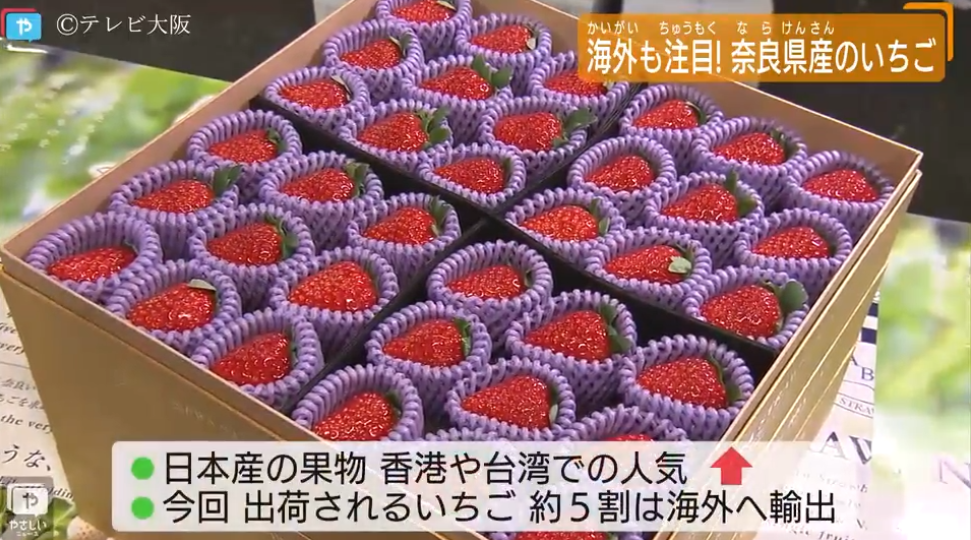....However, this knowhow isn’t what Koga considers to be Oishii’s “secret sauce.” Rather, that’s the bees that the startup’s using handle pollination.
While Koga won’t spill the ‘bees’ about how all this works in Oishii’s context, he claims to have found a way to replicate a natural environment within an indoor vertical farm that convinces the critters they’re outside.
“They live in harmony with our farmers and robots,” is all Koga will add....
Ah yes, the bees live in harmony with the robots.
From AgFunder, March 31:
Oishii sees itself as ‘the Tesla of vertical farming.’ Here’s how it’s cracking CEA strawberries
Indoor farming is best known for leafy greens and micro-herbs. But New York’s Oishii is hoping to blaze a new trail and sweeten up the segment.
“A lot of people call strawberries the holy grail of vertical farming,” Oishii founder Hiroki Koga tells AFN. “Strawberries are the hardest crop to grow in a vertical system and it’s been every vertical farmer’s dream to grow them. Conquering strawberries allows us to grow into other crops very quickly.”
The startup announced a $50 million funding round this month led by Mirai Creation Fund, part of Tokyo-based SPARX Group. Additional investors included Sony Innovation Fund — the corporate venture arm of Japanese tech giant Sony — Tokyo-based AI company PKSHA Technology, and San Francisco-based VC Social Starts.
“We’ve had multiple offers from different funds but we ultimately decided to go with SPARX because they have a very strategically aligned mandate. They’re backed by Toyota, one of the largest manufacturing companies in the world [and] vertical farming is the intersection of agriculture and manufacturing,” Koga says.
Although it may seem odd for Toyota to be interested in agrifoodtech, the carmaker is working on its Woven City project located at the base of Japan’s Mount Fuji. It’s a so-called “living laboratory” where researchers live and work full-time to imagine what future cities may look like through technological innovation.
Koga is no stranger to controlled environment ag (CEA). Six years ago, he was working as a CEA consultant in Japan, helping large corporations enter the space. While Koga views Japan as the birthplace of vertical farming, he moved to the US in 2015 – around the time that the method was becoming popular in the country.
Alongside the allure of being the first to crack indoor strawberry cultivation, Koga sees the fruit as a way to address what he calls the “unit economics problem” in indoor farming. He sees strawberries as providing a very strong revenue and profit model, as well as a crop that can further “democratize” vertical farming.
“In order to democratize it, I wanted to start with something that’s truly impactful — not products that people will buy because they are sustainable — [but] something that is superior compared to what is on the market, and that would completely change people’s experience,” Koga says.
He leveraged his personal network in Japan to collaborate with farmers and research institutions on the details of indoor strawberry cultivation – from seeding all the way to harvesting. It took “countless” iterations to get the formula right, he says.
“There’s probably 20 or 30 different things that you can tweak in a given cycle of the plant. So, let’s say there are five or six different stages of the plant life cycle – if you multiply all of those, there are millions of different combinations,” he explains.
“It’s a matter of tweaking those on a daily basis to figure out what the perfect mix is.”
However, this knowhow isn’t what Koga considers to be Oishii’s “secret sauce.” Rather, that’s the bees that the startup’s using handle pollination....
....MUCH MORE
There may be another very good reason to keep the bees happy.
As with the million-dollar tuna (most recent record $3.1 million for a big fish) the Japanese are willing to bid-up fruit prices. The Bijin-hime Strawberry can fetch $4000 per berry while your run-of-the-mill perfection...
From Produce report, January 13, 2020:
108 Strawberries Sell for $13,700 at Japanese Auction

“Cherry freedom” – a recently coined term referring to the ability to purchase and eat imported cherries without a second thought – has sparked numerous discussions on the Chinese internet. As living costs continue to increase, Chinese netizens have advanced imported cherries as a new standard for wealth and a way to playfully lament their own financial limitations.
However, in Japan, achieving “Fruit Freedom” can seem even more of a mission impossible.
Fruit is treated differently by many in Japan, where fruit purchase and consumption are tied to cultural and social practices. As a result, Japanese fruit connoisseurs are often willing to pay jaw-dropping prices at auction for fruits that have been specifically and painstakingly developed to cater to a niche market. For example, a dark-skinned Densuke watermelon from Hokkaido can range in price from $200 to $6,000. Meanwhile, a pair of premium persimmons recently fetched 540,000 Japanese yen ($4,950) at auction, while a 30-grape bunch of the Ruby Roman variety sold for 1.1 million yen ($10,900).
It is said that the Japanese eat with their eyes. This perception was proven absolutely right last month when, at an auction in Osaka, 108 strawberries gracefully presented in three luxuriously golden containers sold for an astonishing 1.5 million yen ($13,700)....
....MUCH MORE